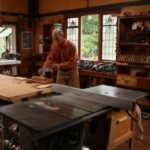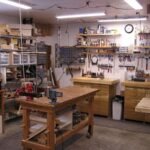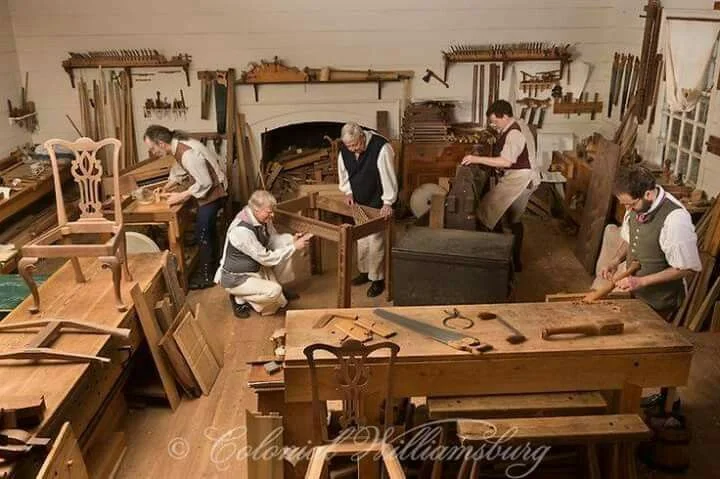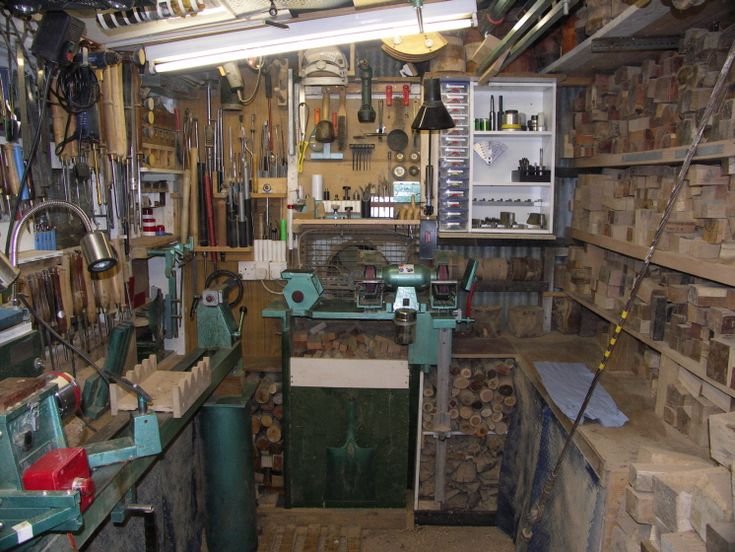Does Woodworking Pay Well? A Small-Town Perspective
So, the other day, I was sitting in my little workshop, coffee in one hand, an old Oak plank in the other. I was staring at it like it had the answer to life’s biggest questions—or at least how to keep the lights on. It got me thinking about whether woodworking pays well. I mean, everybody’s always talking about it like it’s some kinda goldmine. But let me tell ya, it’s not all sunshine and rainbows.
The Reality of Woodworking
First off, let’s get real. I started woodworking as a way to take my mind off everyday life and, of course, because I figured I could save a few bucks by making my own furniture. My first project? A simple coffee table. Should’ve been easy-peasy, right? But I’ll never forget the smell of linseed oil mixed with the headache of sanding. It took me way longer than I thought. I remember my buddy Dave coming over while I was hammering away, and he just laughed. “That’s one way to get your cardio in!”
Yeah, I guess it does take a bit more effort than just clicking "buy" on a shiny table from the store. I think the first lesson I learned was that time is money. I thought I was saving up by doing it myself, but didn’t account for how many weekends and evenings I was sinking into that thing. Turns out, my time had a price tag too.
Tools of the Trade
I’d love to tell you I had a full shop of fancy tools right off the bat, but nah. My first “tool” was a hand-me-down saw from my granddad that had probably been through a few too many projects. It was all rusted up, and I could barely get a clean cut with it. There I was, feebly trying to make some precise cuts, clenching my jaw and getting splinters, and my dog was just staring at me like, "You gonna get that figured out, or what?"
Eventually, after many failed attempts and a few colorful words you wouldn’t want your kids to hear, I invested in a decent circular saw and a power sander. Holy moly, what a difference! No more fighting with the wood; it felt like I was dancing with it instead. But, honestly, you can drop a good chunk of change on tools, especially if you start eyeing those slick brands like Ryobi or DeWalt.
The Sweet Smell of Success… and Regret
Fast forward a few projects later, I decided to try my hand at something a bit more ambitious—making a set of bookshelves. You know, those that look like they belong in a magazine? At least, that was the idea. After spending a good chunk of cash on some beautiful Ash wood, I felt like I was on top of the world. But then came the moments of doubt.
Halfway through cutting the boards to size, I realized I had mismeasured. Classic rookie mistake! I almost threw my tape measure out the window. But, human nature being what it is, I took a step back, grabbed a slice of humble pie, and re-measured. I had to get creative though. I ended up using glue and pocket screws to make it work. Sure, it didn’t look magazine-worthy, but I’ll tell ya, when it all came together and I stood back to admire it, I laughed. I thought: “It actually worked. Look at that mess of a bookshelf!”
Finding a Market
So now, let’s get back to the question everyone asks: does woodworking really pay?
Well, there’s a market out there for handmade furniture. People love unique, customized pieces over the cookie-cutter stuff from big-box stores. I’ve sold a few items at local craft fairs and online. But unless you’re churning out beautiful pieces like your name is Norm Abram, you’re not gonna be rolling in dough any time soon.
It’s more about the love of the craft than making bank. I’ve had friends tell me they’re going to go full-time into woodworking because they see the prices people list stuff for on Etsy or whatever. I always want to say, "Hold on there, buddy!" The reality is, with the hours you’ll pour in, it can be tough to charge what you’re worth without scaring customers off.
The Joy of Creating
But here’s the thing. Every time I finish a project, there’s this explosion of joy that you can’t measure in dollars. I mean, when my neighbor commissioned a dining table and I finally delivered it, his smile made it all worth it. Seeing people use what I’ve made, sharing meals around it, and creating their own memories—that’s priceless.
There’s something special about creating with your hands. It’s tactile, and let me tell ya, there’s nothing quite like the sound of a router smoothing out rough edges while your favorite tunes play in the background. Each wood type has its own personality and story—like that sweet, warm smell of cedar that just invites you in.
A Heartfelt Takeaway
So, if you’re thinking about diving into woodworking, honestly? Just go for it. Stop worrying about whether it’s going to pay well or not. Embrace the mess-ups and the learning curves. You’ll end up with way more than just a few sawdust-covered projects. You’ll gain skills, friendships, and some pretty neat life lessons along the way.
In a world that seems to churn out ready-made everything, taking the time to craft something with your own hands can be the most rewarding investment of all. So grab that saw, and get started. You won’t regret it!









